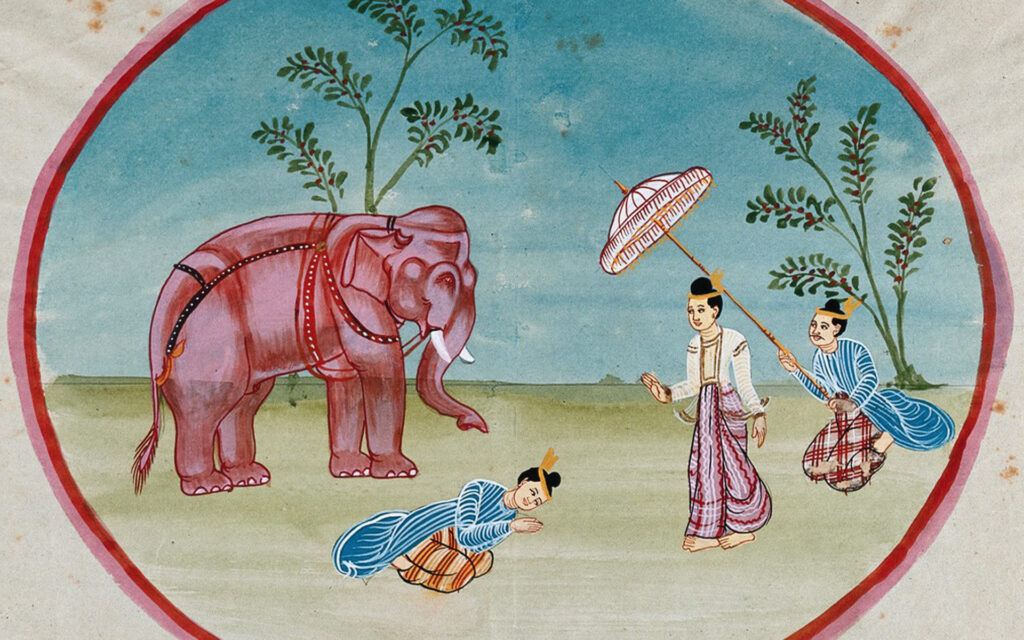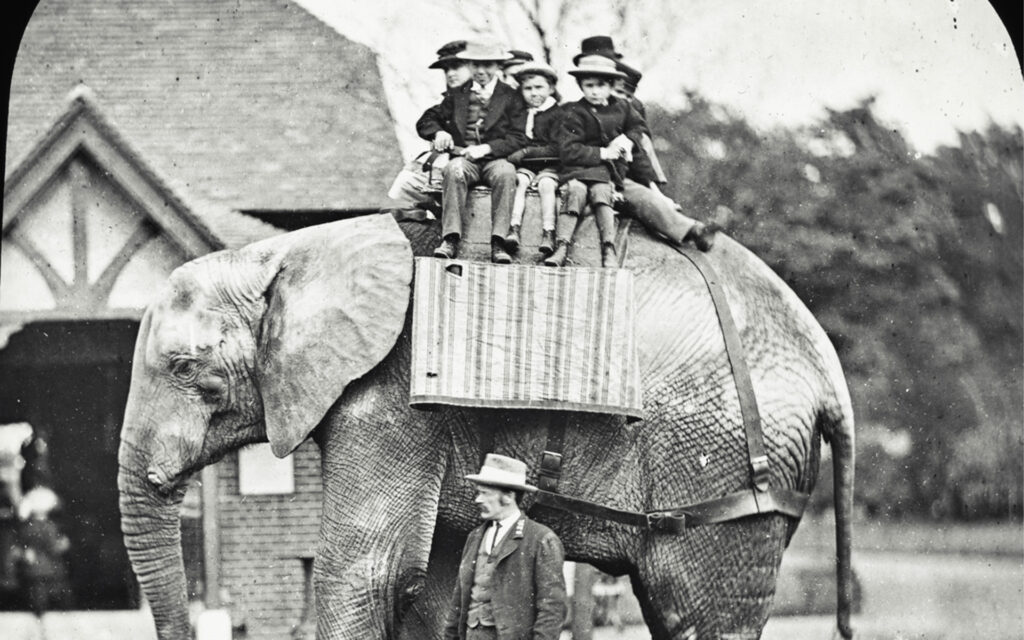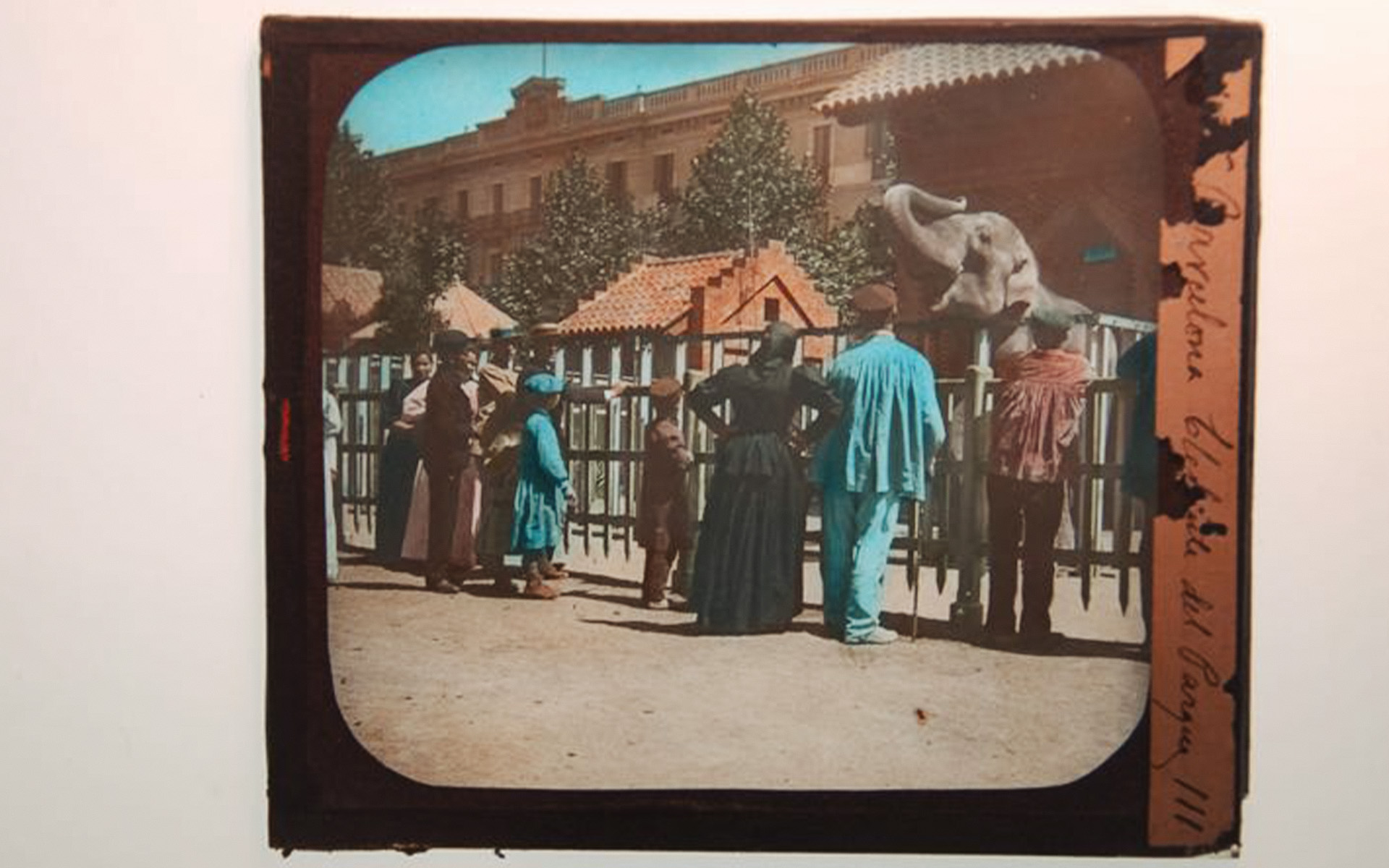In the beginning, they were gods: now, they are enslaved animals
It is useful to remember that in multiple cultures, animals have been considered gods and sacred beings. Useful knowledge to reflect on escape routes from the animal exploitation that the entertainment and tourism industry sustains globally. The goddess Bastet represented cats in ancient Egypt, protecting the birth of human beings. Similarly, in Hinduism, there is the deity Ganesh, who has an elephant head and is symbol of wisdom. Also, in Andean philosophy, there are four power animals: the puma, the hummingbird, the condor and the snake. They not only have sacred value but also play a fundamental role in the balance of Andean ecosystems.

Animal Exploitation
However, alongside cultures that recognized the value of animal life since ancient civilizations, humanity triggered a model of exploitation and human slavery that soon expanded to animals. In the history of entertainment, circuses have carried on bad practices since the 18th century, with military methods such as those used to tame horses. Zoos also emerged as a Victorian practice to collect species. Thus, more than 300 years ago, humans crossed the thin line between collecting and subjugating other species for entertainment purposes. Currently, various parts of the world consider this crossing a corporate crime. Some companies and entertainment conglomerates promote as part of their business the visit to zoos, aquariums and areas with high biodiversity.

Elephant Slaves
World Animal Protection conducted research in 2020 to assess the welfare conditions of 3,837 elephants used in tourism. They found that in 357 locations in Thailand, India, Laos, Cambodia, Nepal, Sri Lanka, and Malaysia, 63% of these animals live in suffering and highly inappropriate conditions. In fact, after analysing the training practices to dominate 2-year-old cubs, they found as a result: cruelty, torture, atrocious physical and emotional methods that ensure submission so that elephants become “safe” for the tourism industry.

Exploitation and Entertainment
In tourism and entertainment, animal exploitation operates on a large industrial scale across diverse geographic regions. It would be advantageous to understand how they function to prevent being part of their cycles of animal exploitation. With this goal in mind, three documentaries that delve into the topic are shared. All are poignant accounts of domination practices.
Documentaries on Animal Exploitation
Apology to Elephants
A 40-minute documentary, recommended for ages 13 and up. Directed by Amy Schatz and narrated by actress activist Lily Tomlin in 2013. This short film explains the relationships between humans and elephants, with an emphasis on the cycles of exploitation they are part of. They address the cultural dimension of these animals’ sacredness and also focus on the emotional field of traumas created in elephants as a result of physical abuse in circuses and zoos. It includes interviews with environmental activists, biologists, and institutions like Performing Animal Welfare Society.
Blackfish
A 1 hour 23 minute documentary directed by Gabriela Cowperthwaite. It shows the deadly consequences of the captivity endured by the orca Tilikum. It delves into the domination implemented in the training of orcas in marine parks and the brutality of capture methods. Winner of an International Press Academy award for best documentary feature.
The Secret Behind Their Smile
A documentary from 2020 produced by World Animal Protection explains various aspects of the multimillion-dollar entertainment industry with dolphins. It tells the experience of Lorena Lopez as a dolphin trainer in Mexico and the business that exists at the expense of animal suffering. Dolphins used as surfboards, exposed to high flows of tourists. It brings to light the commercial and ethical conflicts of that industry.
These documentaries showcase the animal cruelty of some entertainment and tourism industries. Surely, the next time you plan a trip, you’ll have more information to avoid being part of cycles of animal exploitation.





